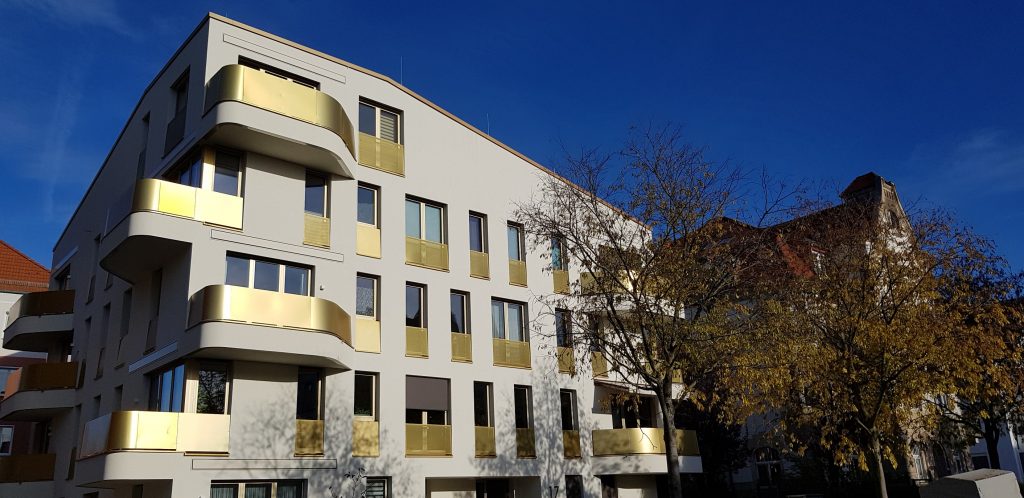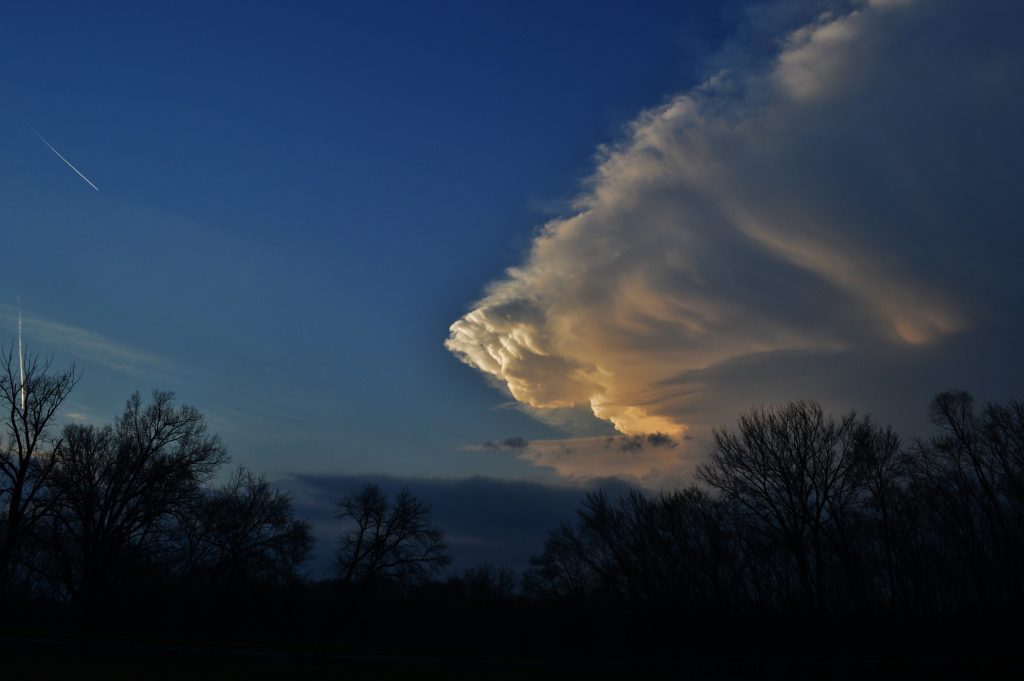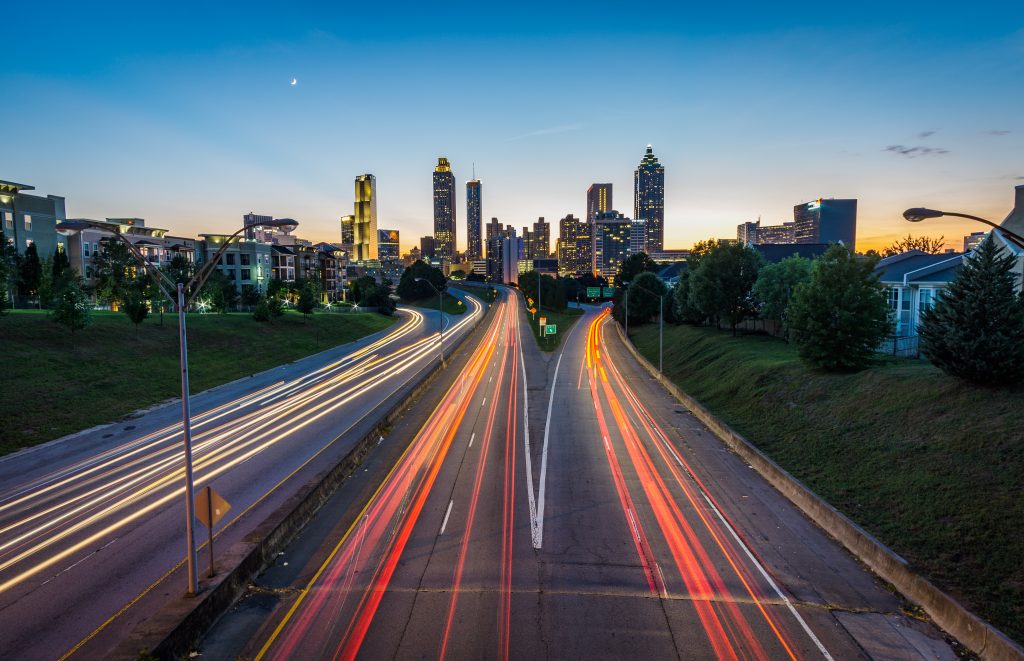On Tuesday, 19 November 2019, Dresden’s first district future house with an innovative energy management system opened at Haydnstraße 17 in Johannstadt. The digital building technology, funded as part of the Smart City EU project MAtchUP, is intended to make everyday life easier and help save energy.
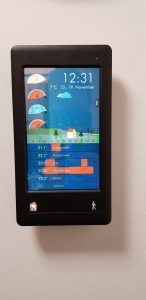
“MAtchUP is about sustainable urban development. This is why this project focuses on forward-looking energy management for us,” says Dr. Robert Franke, Head of the Office for Economic Development of the City of Dresden. “We are delighted that all 14 residential units in the District Future House have already been let. Over a period of four years, an intelligent energy management system collects meaningful data in a real environment and is intended to offer tenants the opportunity to use and optimise energy in line with demand. The major goal of the MAtchUP project is to be able to transfer the knowledge gained to other projects as well,” explains Dr. Franke. And not only in Dresden: The city of Dresden is one of the three European lighthouse cities in the EU project MAtchUP on the way to sustainable and smart urban development. “Our European project partners are following our activities with great interest, as similar questions are also being asked in the other MAtchUP partner cities,” reports Alexander Haidan, Head of Business Area Development and MAtchUP Project. Leader for DREWAG. This is why the MAtchUP team was currently presenting its Smart City solutions at the Smart City Expo in Barcelona.
What makes the District future house smart and special? The newly built house was equipped with a photovoltaic system on the roof and a corresponding battery for storage in the basement of the building. The whole thing is connected to a modern energy management system with operating displays per residential unit and in the basement. “We give tenants the opportunity to use climate-neutral and cheaper electricity as a supplement to the usual conventional electricity supply,” explains Alrik Mutze, member of the board of the Johannstadt housing cooperative, and explains how it works: “If cheaper ecological electricity from the system is available, the apartment gets notified via the energy manager display installed in each apartment and can thus adjust his user behaviour to the type of electricity available. The display can also be used to control the heating system in each apartment and read the corresponding consumption values.
The energy and building manager displays receive and transmit digital data and are also a communication platform to service providers such as DREWAG. There, a great deal of information can be queried and entered, such as the next maintenance appointments or contact details of the caretaker. “In the district future house, we are testing a wide range of new technologies in energy and control technology in specific application scenarios. Daily operation enables us to draw conclusions for practical application in other buildings as well,” says Franz Härting, an employee at DREWAG’s Energy Services division.
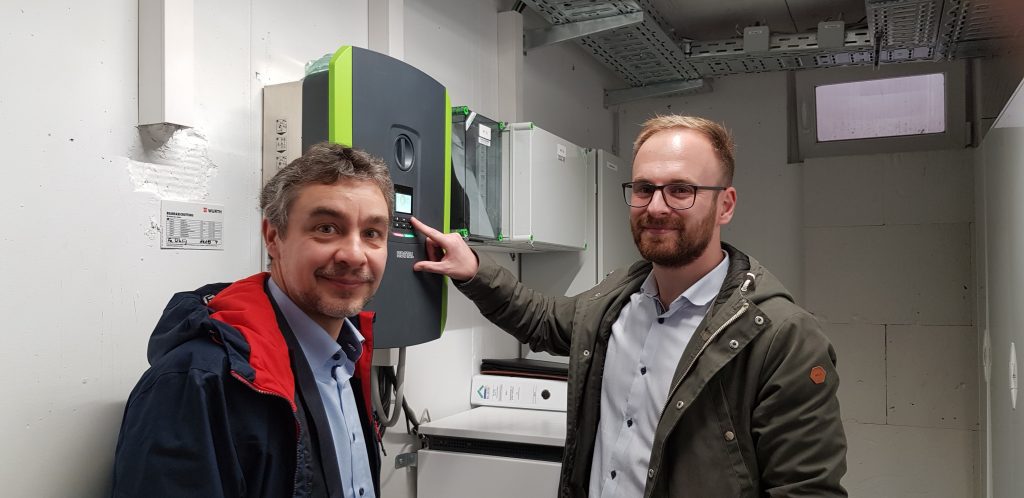
Press release from 19.11.2019, released by City of Dresden, translated into English by MAtchUP Office Dresden
Full article in German here.
Photo credits: DREWAG
